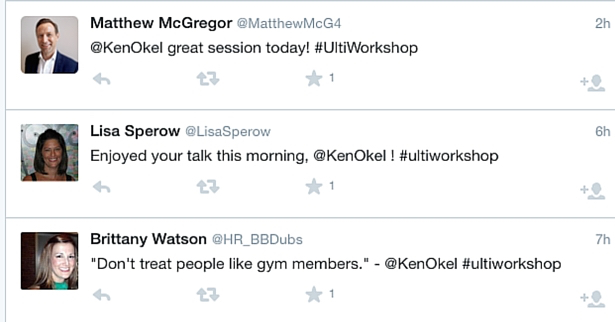 An important part of employee communication is centered around making sure your supervisor understands your talents and skills. When this doesn’t happen, an otherwise effective leader may start to think of you like a paperweight.
An important part of employee communication is centered around making sure your supervisor understands your talents and skills. When this doesn’t happen, an otherwise effective leader may start to think of you like a paperweight.
Paperweights are great. They help you organize your desk and ensure important documents aren’t blown away. But a paperweight is not a multi-functional tool. They do one thing well.
Your boss may think the one thing you do well is the only thing you do well, like a paperweight. I may be exaggerating slightly but people can become pigeonholed into specific duties and away from more engaging tasks.
This can create problems in your organization:
- Employee retention goes down because people are bored with their jobs.
- Money is spent on outside contractors, when someone already on the payroll could do the work.
- People drift away from an innovation mindset because change is not encouraged.
This isn’t a case of a bad boss or employee. The fast pace of workplaces can make it challenging to inventory skills and opportunities to use them.
Employee Communication to the Rescue
With some simple steps, it’s easy to use employee communication to solve the paperweight problem. Whether it’s part of an annual review or a weekly meeting, staff and leadership should take some time to go over emerging talents or opportunities to use those talents. Consider these tips to prepare for this kind of meeting:
- The employee should be able to describe unused, underused, or new skills. It’s especially good to match them to the needs of the organization. This way, you’re providing a solution to a problem, rather than just saying you’re bored by your job.
- The employee should understand that asking to do more of something else may mean you have less time to spend on some of your original duties. But maybe something like automation or strategic outsourcing can free up the time to take on the new task. Again, it’s good to do some homework before you meet. Leaders like problems that come with solutions.
- The leader should be prepared to update the employee on current priorities. These can change over time and allow the employee to consider how they can best support these initiatives.
I’ve found these simple conversations can better focus a team. It’s a mistake to assume that employees and their supervisors automatically know everyone’s strengths and the needs of the business. Invest the time to ensure you’re not using a nugget of gold as a paperweight.






